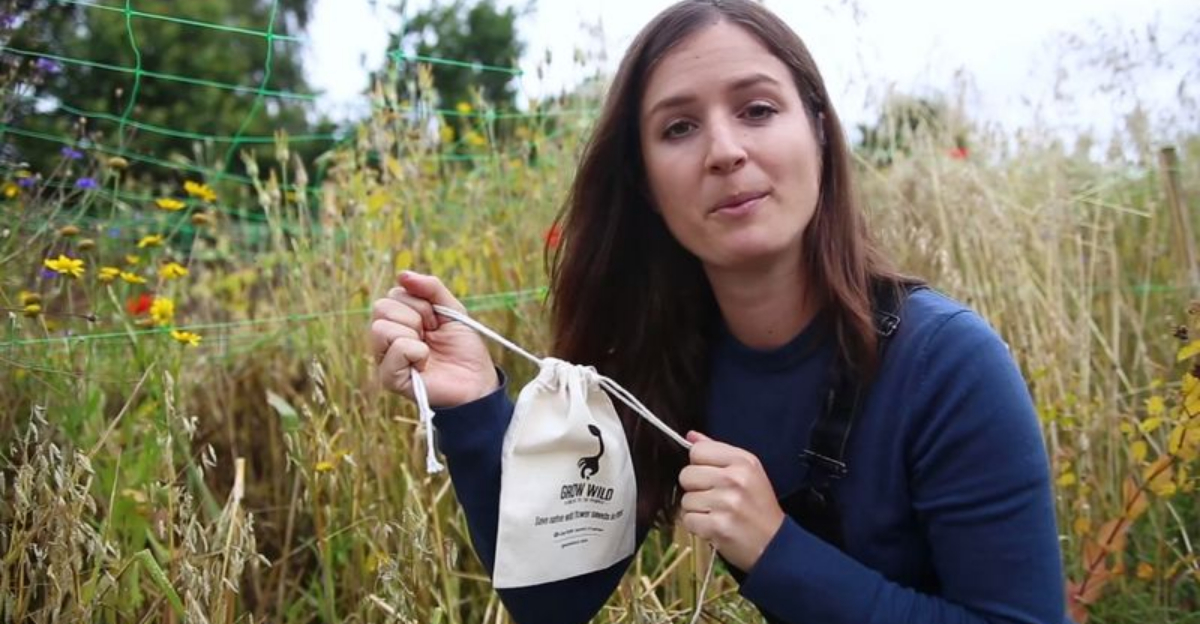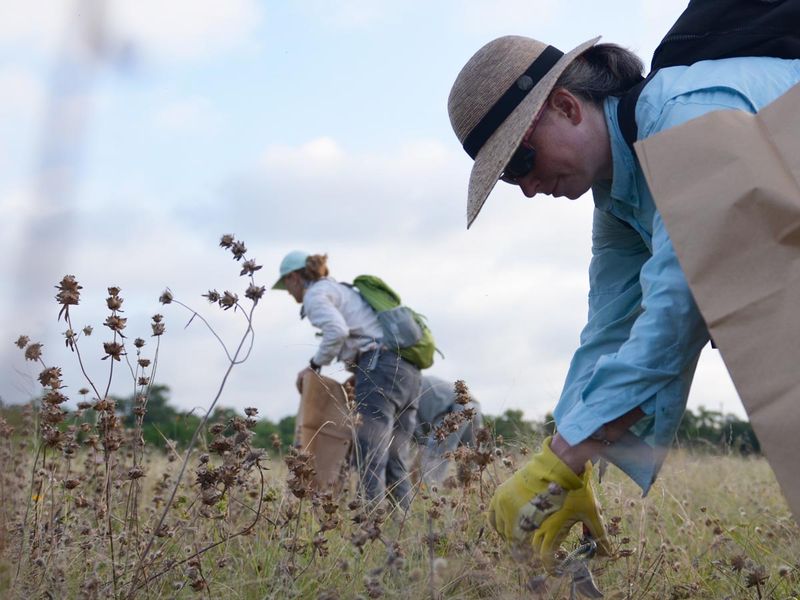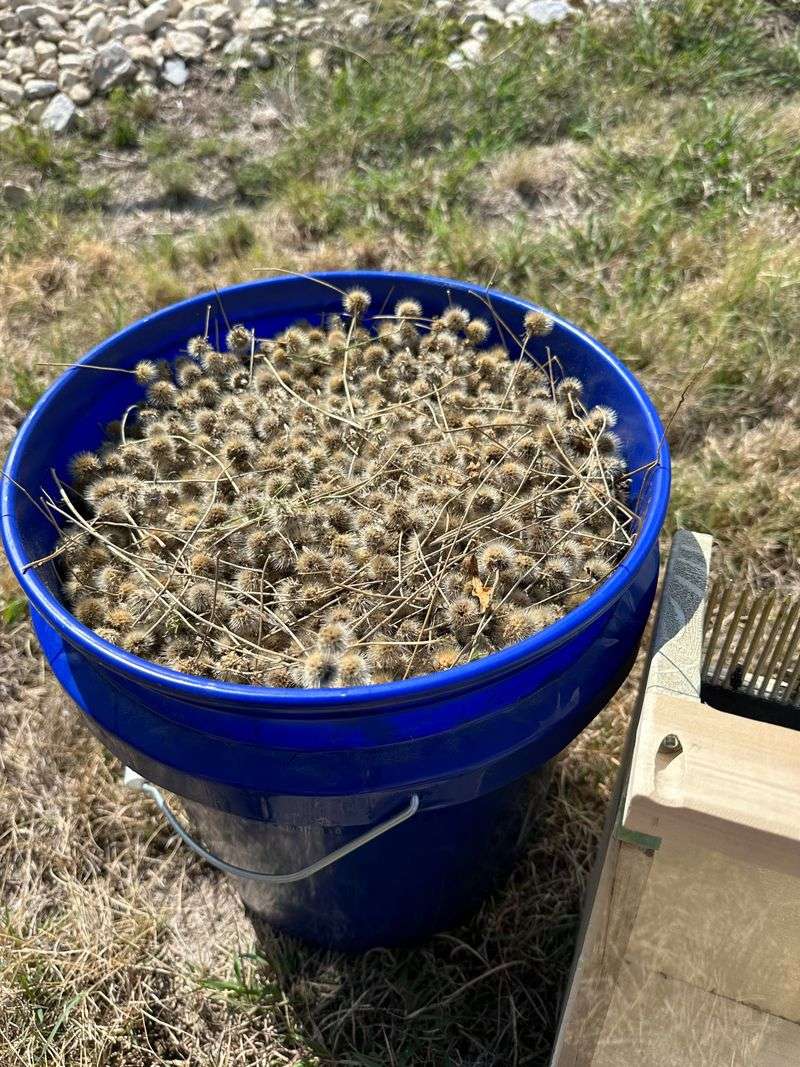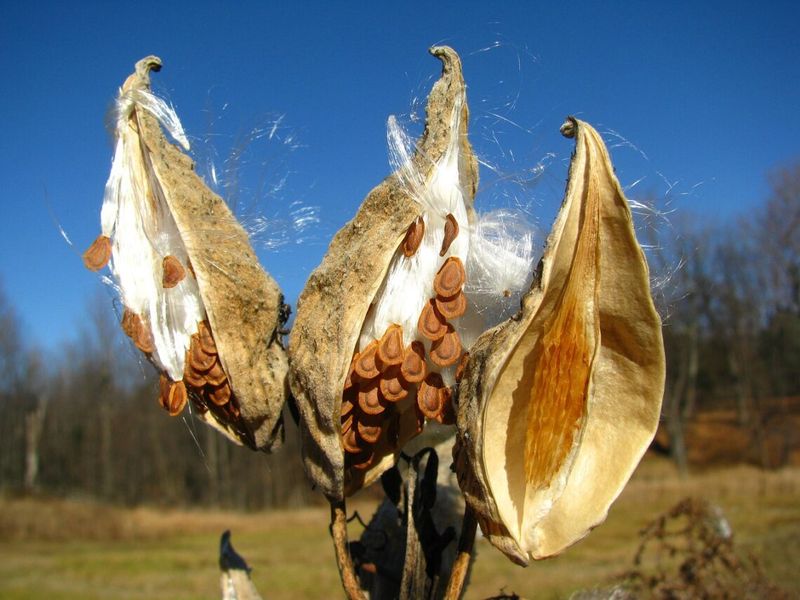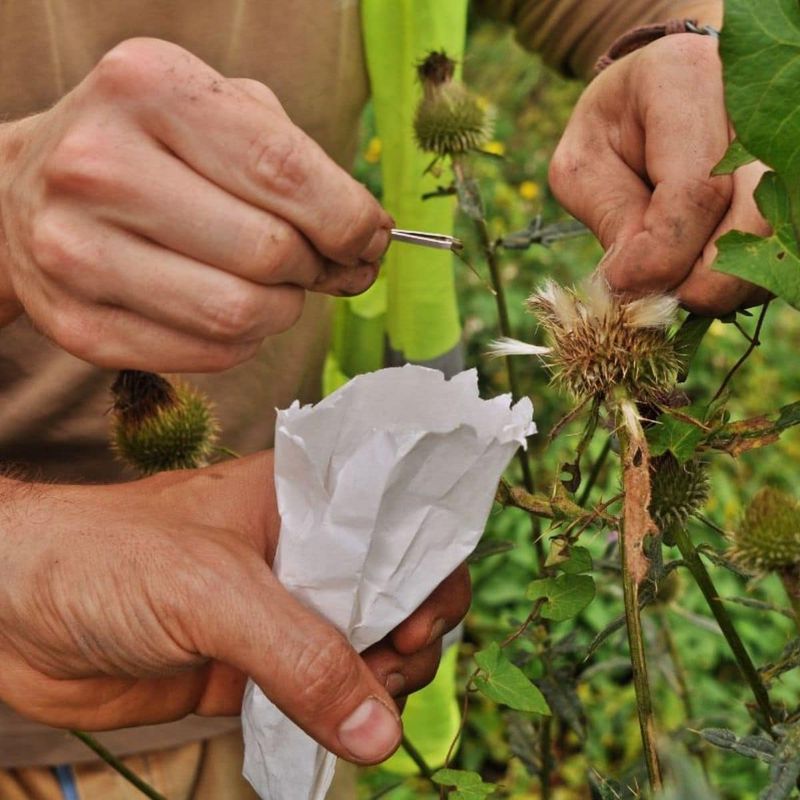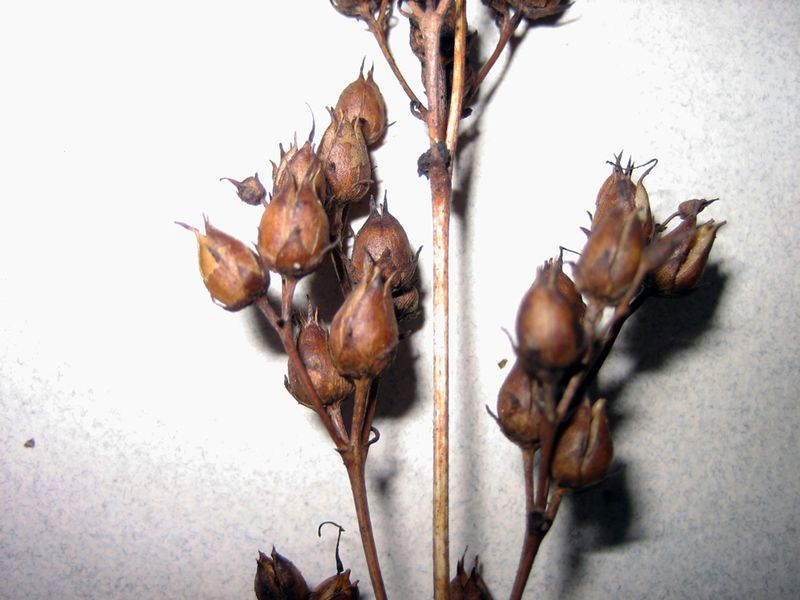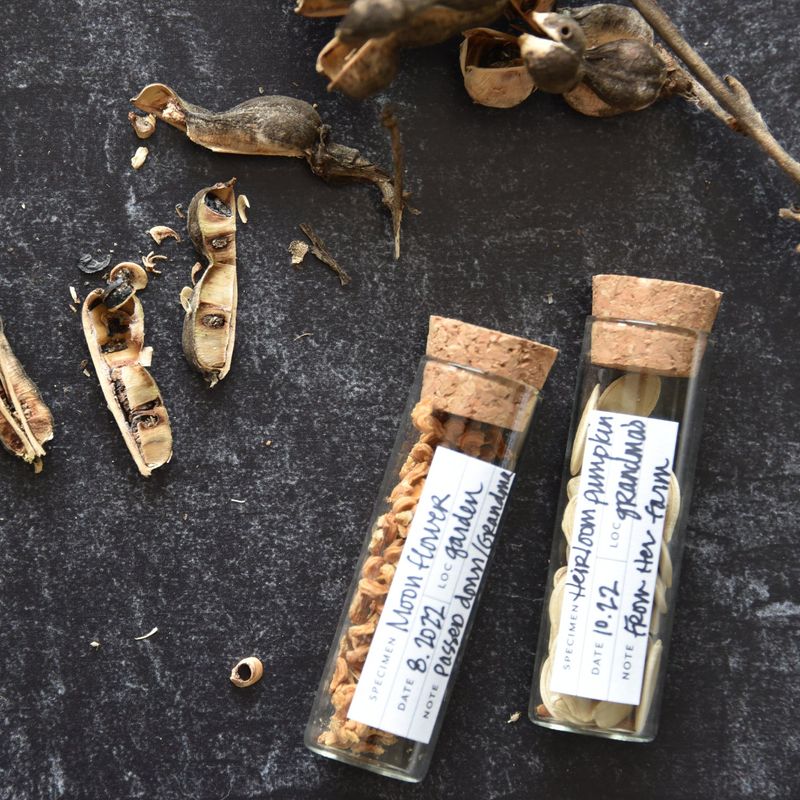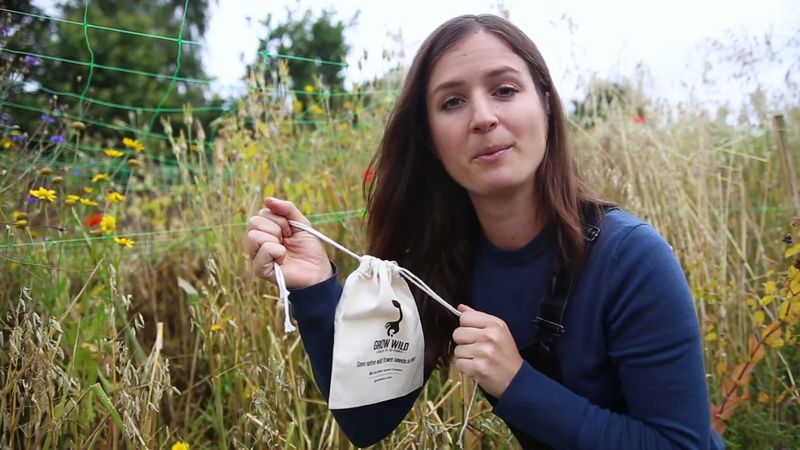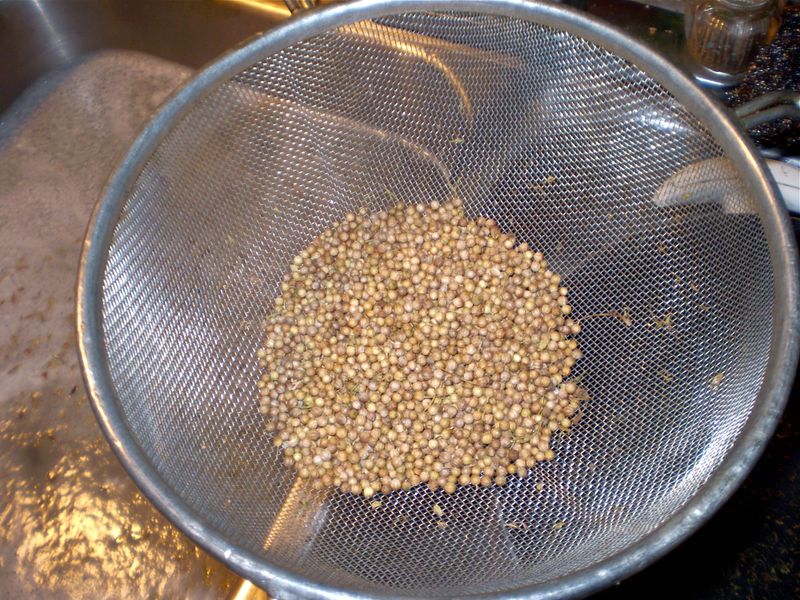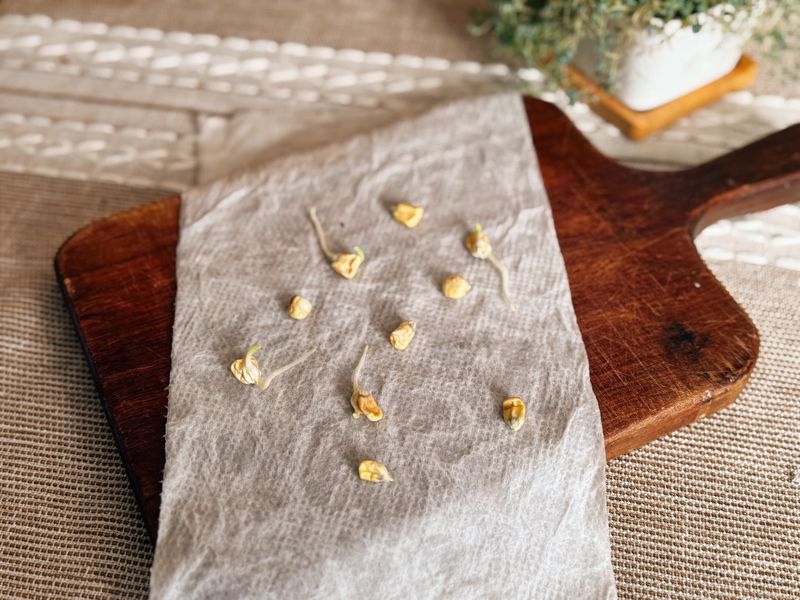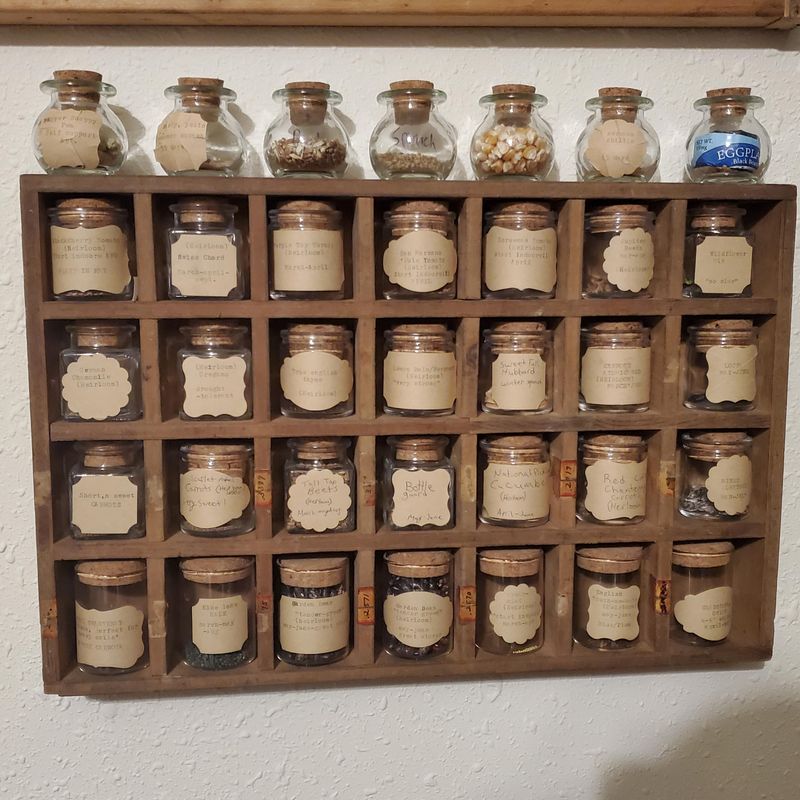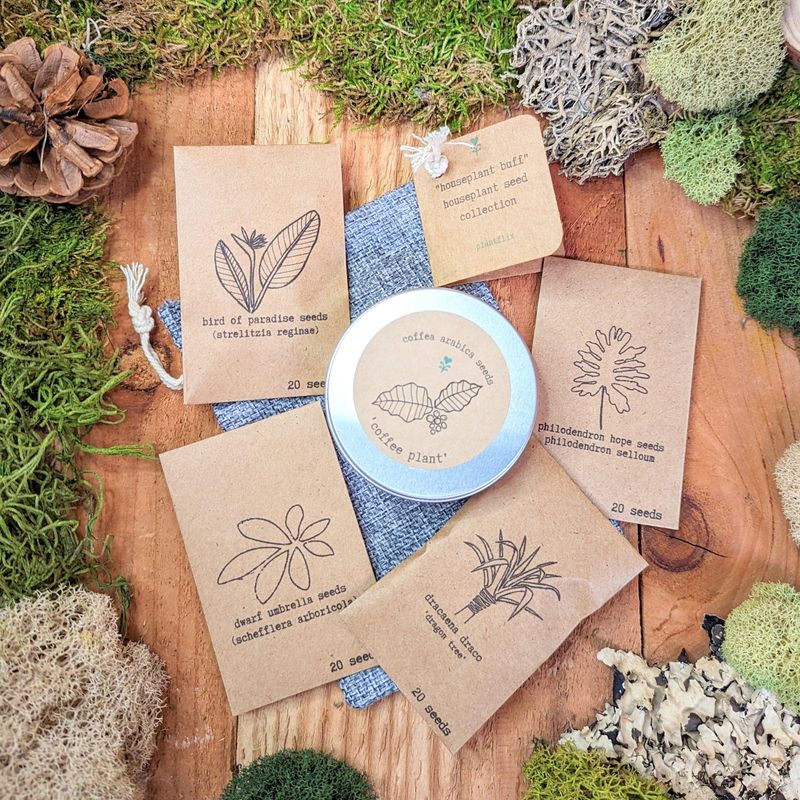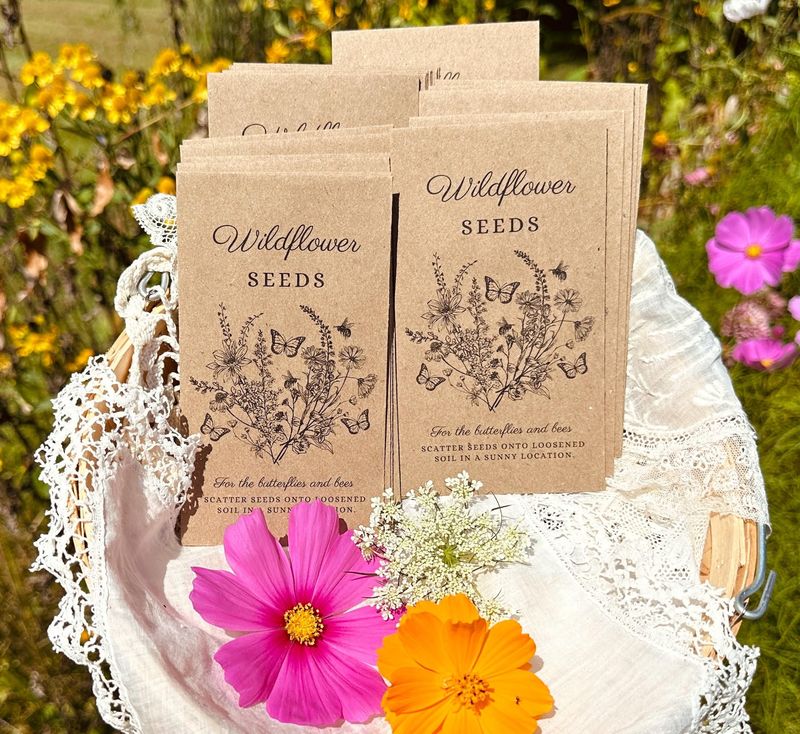Harvesting and storing wildflower seeds can be both an art and a science. With the right techniques, you can ensure these botanical treasures are preserved for future gardens.
In this blog post, discover expert tips to help you collect and store wildflower seeds like a seasoned gardener.
1. Timing is Everything
Knowing when to collect seeds is crucial. Most seeds are best collected when the flower heads are brown and dry. This usually indicates maturity. However, timing can vary with different species, so observing plant behavior is key.
Regular monitoring ensures you don’t miss the ideal collection window. Visiting the site frequently helps you note changes in the seed heads.
Be prepared for sudden changes in weather that might accelerate ripening. This hands-on approach aids in gathering seeds at their peak.
2. Tools of the Trade
Collecting seeds requires the right tools. Always have clean, sharp pruning shears to cut seed heads without damaging the plant. Paper bags are ideal for collecting and storing seeds temporarily. They are breathable and prevent moisture buildup.
Gloves protect your hands from thorns and irritants, while a small brush helps collect tiny seeds. It’s important to label each bag with the plant name and collection date.
Having a toolkit ready ensures efficiency and organization, making the process smoother and more enjoyable.
3. Know Your Species
Understanding the species you’re collecting is vital. Each wildflower has specific needs and characteristics. A good field guide can aid in identifying the plants accurately.
Knowledge of the seeds’ life cycle ensures proper collection and storage methods. By understanding growth habits, you determine the best time for seed harvest.
Researching each species helps avoid collecting invasive or endangered plants. The more informed you are, the better the results in your future garden.
4. Choose Dry Days
Always select dry days for seed collection. Moisture can lead to mold and decay, ruining your seed batch. Early mornings, after dew has evaporated, or late afternoons are ideal. Avoid collecting after rain, as seeds may not dry properly.
Ensuring seeds are dry prevents fungal growth during storage. Consider the weather forecast to plan your collection days. Preparing in advance allows you to make the most of favorable conditions, protecting your seeds for future sowing.
5. Proper Drying Techniques
After collection, drying seeds is crucial. Spread them on newspaper in a single layer to air dry. Keep them in a well-ventilated room, away from direct sunlight. Check seeds regularly to ensure even drying, turning them gently.
This process may take several days, depending on seed size and moisture content. Once dry, seeds should rattle when shaken. Proper drying ensures longevity and viability in storage, securing your hard work and future blossoms.
6. Label Everything
Accurate labeling is essential in seed collection. Each batch should be clearly marked with the plant’s name, collection date, and location. This information aids in tracking and organizing your seed library.
Using waterproof markers ensures labels don’t fade over time. Detailed labeling helps avoid confusion in variety identification during planting.
This practice not only keeps your collection organized but also enhances your gardening knowledge through careful documentation.
7. Use Breathable Containers
Choosing the right storage containers ensures seed longevity. Glass jars with breathable fabric covers are excellent for this purpose. They protect seeds from pests while allowing airflow to prevent mold.
Avoid plastic bags as they trap moisture. Breathable containers help maintain a stable environment, crucial for seed viability. Organize your seeds in a cool, dark place.
Proper storage conditions can significantly extend the lifespan of your seeds, ensuring a bountiful garden in the seasons to come.
8. Mastering Seed Cleaning
Cleaning seeds is a vital step before storage. Remove all debris and chaff to prevent pests and disease. A sieve or mesh can be handy for separating seeds from unwanted material. Gentle shaking helps dislodge any remaining plant parts.
Clean seeds are less likely to harbor mold or attract pests. This meticulous process may seem tedious but is crucial for maintaining seed health and ensuring successful germination later.
9. Understand Seed Viability
Seed viability is key to successful planting. Conducting germination tests helps evaluate seed health. Take a small sample from each batch and test their sprouting capability. Recording these results informs future planting efforts.
Seeds with low viability might need replacing or special care. Understanding viability helps manage expectations and plan garden layouts.
This knowledge ensures you’re planting seeds with the best chance of success, optimizing your gardening efforts.
10. Monitor Storage Conditions
Monitoring storage conditions is essential for preserving seed quality. Keep seeds in a cool, dark place with stable temperatures and low humidity. A digital hygrometer can help track these conditions effectively.
Fluctuations in environment can reduce seed lifespan. Regular checks ensure conditions remain optimal. Understanding and controlling these factors prevents premature seed degradation, supporting a healthy future garden.
11. Rotate Your Stock
To maintain a fresh seed collection, rotate your stock. Use the oldest seeds first to prevent waste. Regularly review your collection to keep track of what’s available. Organizing seeds by collection date helps manage this rotation.
This practice ensures you’re always working with viable seeds. By prioritizing older seeds, you maximize germination potential and minimize loss, keeping your garden vibrant and productive.
12. Learn Through Experimentation
Gardening is an ever-evolving process. Experimenting with different seed storage techniques can yield new insights. Keep a journal of your observations and results. Be open to trying new methods to see what works best for your environment.
Learning from experience shapes your gardening expertise. Sharing these insights with fellow gardeners enriches the community and fosters a deeper understanding of seed storage practices.
